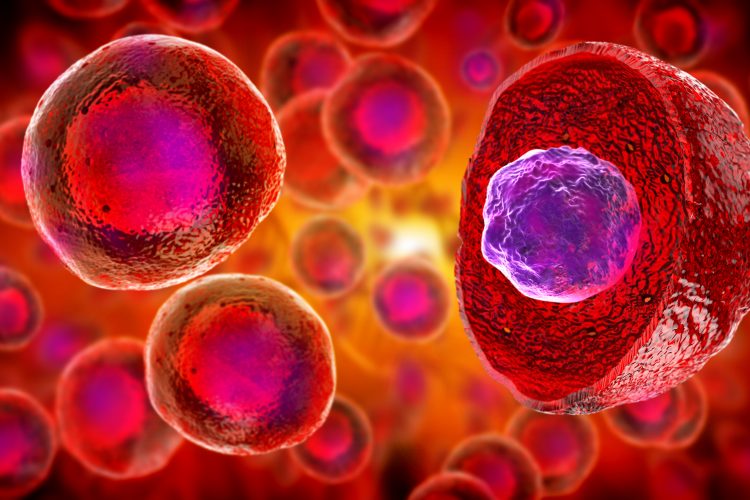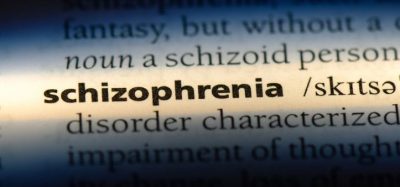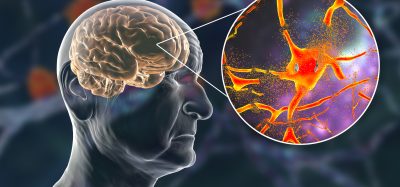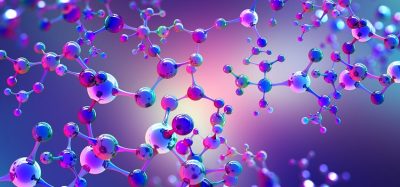Mechanism that controls reactivation of neural stem cells discovered
Posted: 18 October 2024 | Drug Target Review | No comments yet
New insights into the role of SUMOylation in the brain could lead to new targeted therapies for neurodegenerative conditions.


Led by Duke-NUS Medical School, an international team of neuroscientists have discovered a mechanism that controls the reactivation of neural stem cells. This finding could advance treatment of common neurodegenerative conditions such as Alzheimer’s disease (AD) and Parkinson’s disease (PD).
Neural stem cells
Neural stem cells are the source of the brain’s primary functional cells. After the initial development of the brain, neural stem cells normally enter a dormant state and only reawaken when the brain requires them, like after an injury. However, with age, less neural stem cells can be roused from dormancy, resulting in neurological conditions. To develop treatments for these, understanding how this reactivation is regulated is crucial. In the new study, the scientists found that a specific group of proteins are essential for reactivating dormant neural stem cells through a process named SUMOylation.
In SUMOylation, a small protein called SUMO (small ubiquitin-like modifier) tags target proteins inside a cell to influence their activity and/or function. The team observed that SUMO-tagged proteins initiate the reactivation of neural stem cells, enabling them to aid brain development and repair. Without SUMO proteins present, the fruit flies produced a microcephaly-like phenotype.
Biomarkers are redefining how precision therapies are discovered, validated and delivered.
This exclusive expert-led report reveals how leading teams are using biomarker science to drive faster insights, cleaner data and more targeted treatments – from discovery to diagnostics.
Inside the report:
- How leading organisations are reshaping strategy with biomarker-led approaches
- Better tools for real-time decision-making – turning complex data into faster insights
- Global standardisation and assay sensitivity – what it takes to scale across networks
Discover how biomarker science is addressing the biggest hurdles in drug discovery, translational research and precision medicine – access your free copy today
Dr Gao Yang, the study’s first author and a research fellow with Duke-NUS’ Neuroscience and Behavioural Disorders Programme, explained: “We have demonstrated for the first time that the SUMO protein family plays a pivotal role in neural stem cell reactivation and overall brain development. Going a step further, we also showed that when these proteins are absent, normal neuronal development is hampered, with fruit flies developing undersized brains characteristic of microcephaly.”
Hippo pathway
The team further investigated the effects of SUMOylation and found that it regulates a key protein in another well-known pathway, called Hippo. Although the Hippo pathway is known to play a key role in cellular processes like cell proliferation and cell death, very few regulators of this pathway in the brain are known.
The Hippo pathway’s central protein Warts, which limits cell growth and prevents the reactivation of neural stem cells, becomes less effective when modified by SUMO. This enables neural stem cells to grow and divide, forming new neurons that contribute to brain function.
Professor Wang Hongyan, Acting Programme Director of the Neuroscience and Behavioural Disorders Research Programme and senior author of the study highlighted: “Given that SUMO proteins and the Hippo pathway are highly conserved in humans, our findings aren’t just relevant for fruit flies. They’re also important for understanding human biology…Our new insights into the role of SUMOylation in the brain opens exciting new opportunities for interventions that could lead to targeted therapies that harness the body’s own regenerative powers.”
This study was published in Nature Communications.
Related topics
Cell Therapy, Neurosciences, Stem Cells
Related conditions
Alzheimer's disease (AD), Parkinson's disease (PD)
Related organisations
Duke-NUS Medical School








